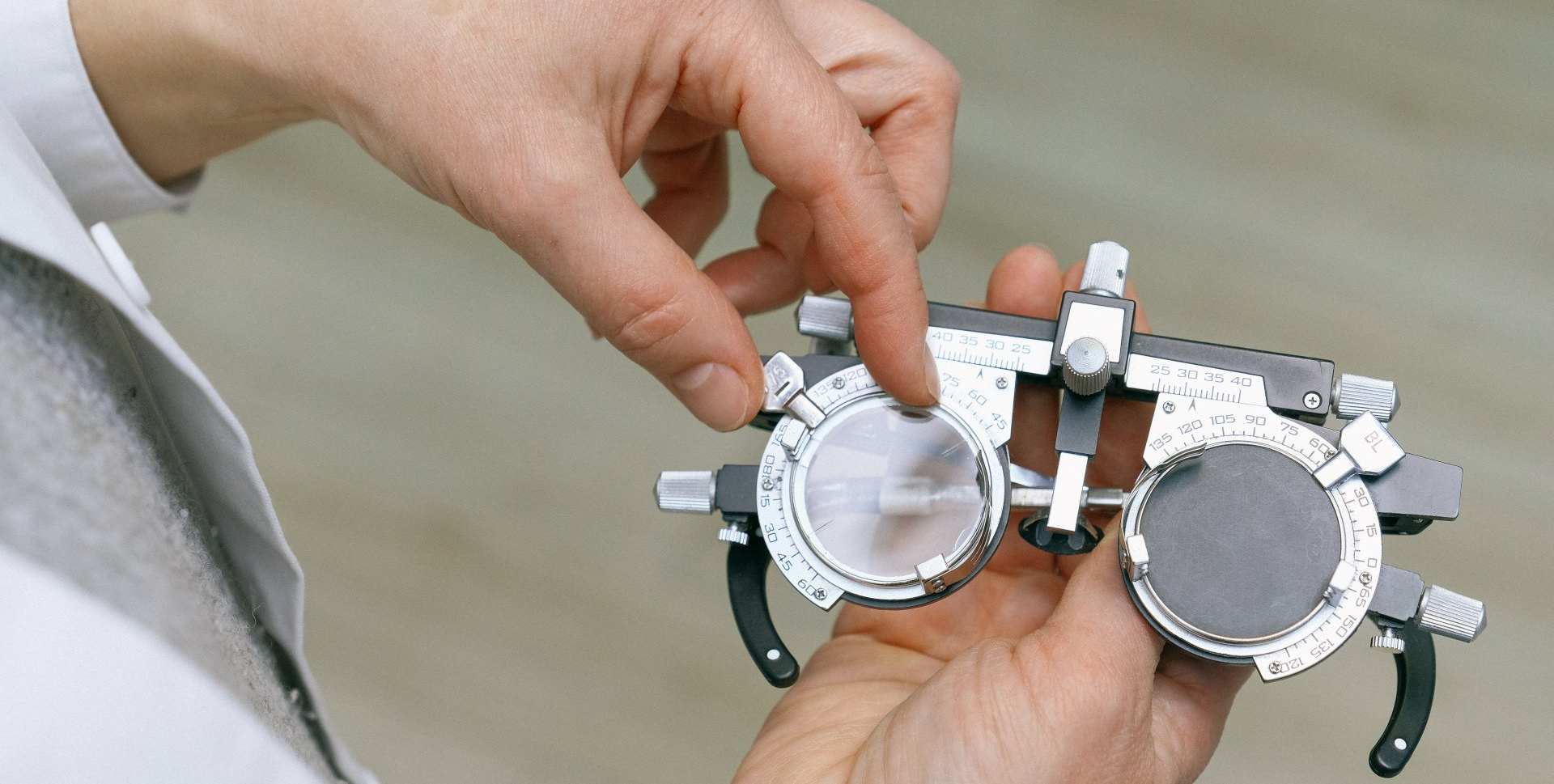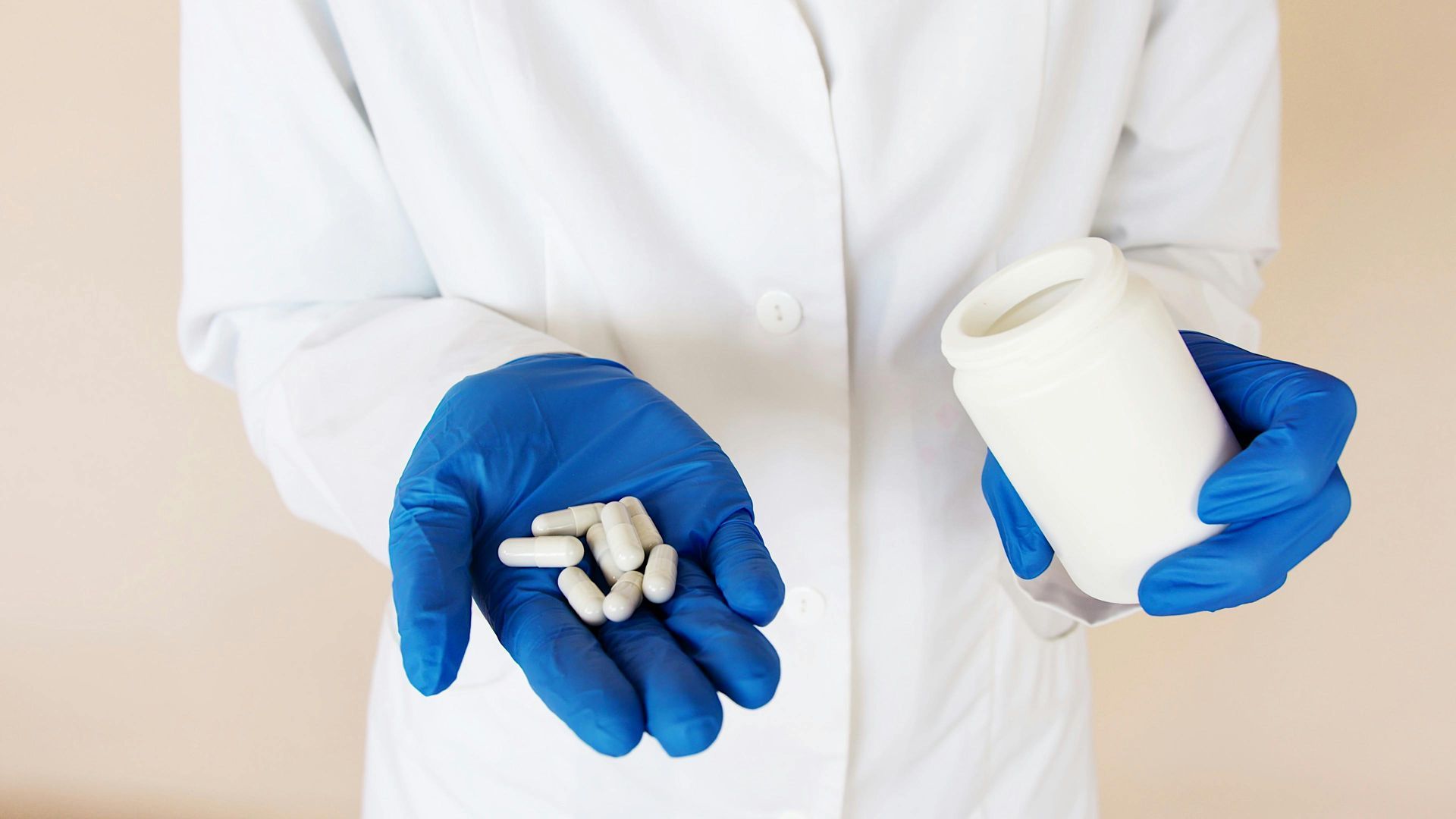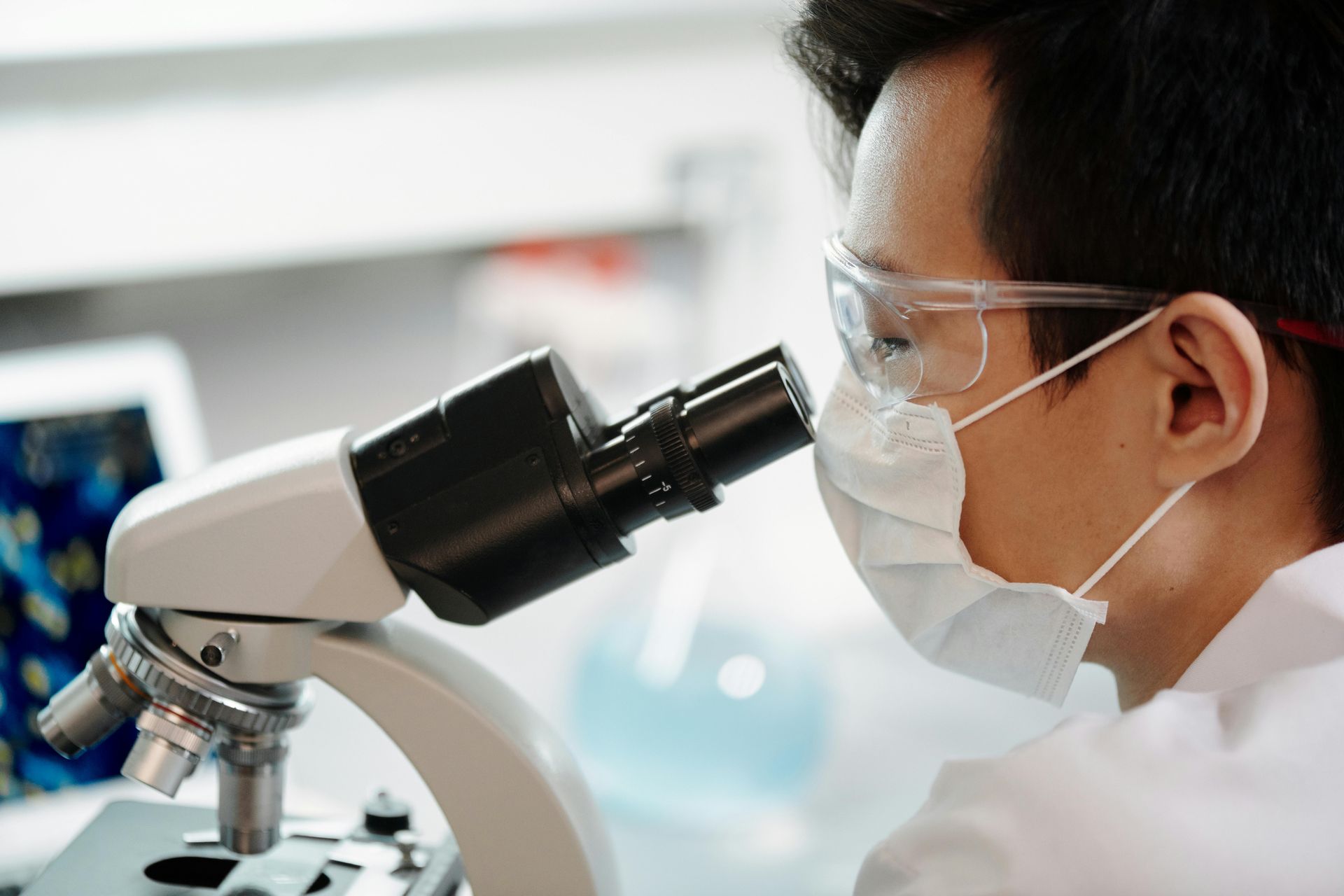The Importance of Quality Control in the Manufacturing of Medical Devices
What do insulin pumps, defibrillators, implants, and anesthesia systems have in common? They're all examples of medical devices—instruments, implants, or other devices that diagnose, prevent, or treat medical conditions. They're also examples of products that have undergone urgent FDA recalls due to quality issues and potentially dangerous defects.

While medical devices play a significant role in improving the lives of their users, any malfunctions, defects, or quality performance issues can also cause severe harm. It's imperative for medical device manufacturers to maintain proper quality control over their output so that their products are both effective and safe to use.
Production facilities must establish a medical device quality policy into their workflows to keep up with modern compliance standards and protect the health and safety of their end users.
How Does Quality Control Work in Medical Device Manufacturing?
Quality Control (QC), a reactive step in the manufacturing process, typically occurs at the end of production before the medical devices ship out to customers. QC staff inspect individual or batches of products and check for defects, ensuring facility output aligns with pre-determined specifications.
QC teams use a variety of metrics to determine whether a product passes inspection:
- Acceptable criteria. The FDA requires quality control teams to provide formal documentation on the criteria they use to pass or fail products. These batch records describe what specifications medical devices must conform to before shipping.
- Product testing protocols. The FDA allows manufacturers to create their own QC procedures, but also requires detailed documentation on the process. This way, the FDA can assess whether a company's verification methods are sufficient.
- CAPA management. If quality control discovers a nonconforming product, corrective and preventive action (CAPA) is implemented to investigate the problem, determine its root cause, and address it. Corrective action can also occur after a product is on the market and in use.
Your staff's knowledge, certifications, and general competence contribute significantly to your quality control posture. Medical devices are complicated, so only well-trained inspectors with extensive knowledge of how the products work can accurately assess defective products, hence the high demand for medical device training for QC teams.
What Are the Benefits of Establishing QMS in Medical Device Manufacturing?
A quality management system, or QMS, is a systematic method for ensuring that appropriate quality standards are present before medical devices leave the factory. An entire ISO standard calls for businesses to use QMS, as it demonstrates to customers and regulators that you follow safety requirements.
Quality Control vs. Quality Assurance
A quality management system handles both quality control (QC) and quality assurance (QA). QA looks at the manufacturing process for potential flaws in its steps. QC looks at the final product instead and tests for defects in the batches coming out of the facility.
Why Quality Control Matters in QMS
The obvious benefit of having a solid medical device quality control system is the health and safety of patients. Should an insulin pump administer the wrong amount of glucose, or a defibrillator ship with a broken electronic component, the manufacturer is ultimately liable for any injuries or deaths that occur as a result. Robust quality control contributes to higher customer satisfaction rates for this reason.
But the benefits go beyond just safety. QC is part of the regulatory requirements facilities must follow when bringing new medical devices to market. Both the FDA and the European Union's Medical Device Regulation mention it specifically, and ISO includes it as part of its standards.
Skimping on quality control ends up costing more in the long-run due to remediation steps and delayed time-to-market for new products. Studies show that, on average, poor QC costs the industry between $2.5 billion and $5 billion a year on average.
The Advantages of an Automated QMS
Medical device manufacturers must evolve past the paper-based system when it comes to quality control management. Newer, software-based QMS solutions have a variety of advantages:
- Managing documentation. Documentation is a recurring theme of quality control, and software makes it easy to organize and search through the right files when needed.
- Enabling collaboration. Multiple teams work together to develop a medical device - from the vendors providing the components to the staff on the factory floor responsible for quality control. If a QC issue comes up, a QMS system must notify everyone involved for a comprehensive investigation.
- Providing proactive prevention. Internet-of-Things (IoT) enabled sensors found on machinery can complement quality control efforts by providing data on the inner workings of the factory.
How Can Medical Device Manufacturers Improve Quality Control?
Proper quality control begins with a quality management plan comprising all the policies and resources that contribute to medical device testing and verification. The ISO 13485 standard we will discuss later details how such a plan works, but a few focal points include:
- Roles and responsibilities. Companies must consider what roles QC plays within an overall QMS, or what responsibilities each QC team takes on.
- Collaboration. The QC department can benefit from discussions with the product development team, since they know more about how your medical devices work and can clarify how to design QC tests accordingly.
- Change management. Changes are inevitable throughout a medical device's product lifecycle. Use a tool known as a traceability matrix to visually link the design inputs, outputs, user needs, and other factors. Any adaptations you run into may also impact your acceptance criteria when it comes to QC inspections.
What Does ISO 13485 Mean In Medical Device Manufacturing?
The ISO 13485 standard covers quality management systems in medical devices. Any organization that designs, produces, installs, or maintains medical devices must follow it, and even external parties refer to the standard for auditing purposes.
Like all ISO standards, 13485 receives continual updates every few years. The modern version is ISO 13485:2016, which contains the latest QMS practices, technologies, and regulatory expectations. There's a larger emphasis on risk management in the supply chain in this latest installment.
Adhering to this standard starts with medical device certification. While certification is not a prerequisite according to ISO, it does help immensely for demonstrating compliance to regulators and keeping personnel up-to-date with the latest developments.
ISO itself does not offer certification programs, so manufacturing facilities must work with third-party service providers.
Kickstart Your Medical Device Training Program with CfPIE
Quality control for medical devices prevents defective units from entering the market and harming end users. Manufacturing facilities use batch testing protocols and tools like quality management systems to stay in line with industry specifications, like FDA guidelines and ISO standards.
But quality control can be a challenge given the complexity of medical devices, and your level of compliance relies heavily on the expertise of your QC personnel. So whom can you trust to provide reliable medical device training courses that will prepare your staff for the notoriously stringent quality control regulations inherent to the medical device industry?
CfPIE offers hundreds of virtual and on-site training courses that can fit into any busy medical professional's schedule. Don't delay signing up for the "US Medical Device & Quality System Regulations - Design Controls & Validation" course if you're serious about improving quality control for your medical devices.
Blog Categories
Stay Informed
Have Questions?
You will be able to find answers to most frequently asked questions here
Since 2001 CfPIE has
Check Out Our Life Science Training Courses.
Need help finding the right life sciences training courses? We can help you make the right choice based on your company's needs.
- AMDE, PK/TK & Drug Metabolism in Drug Discovery and Development
- Advanced Topics in Biostatistics for Non-Statisticians
- Analytical Chemistry Principles for Pharmaceutical Scientists
- Analytical Method Validation for Biologics, Biopharmaceuticals and Other Therapeutic Products
- Aseptic Processing in the Manufacture of Biotech and Pharmaceutical Products
- Auditing and Qualifying Suppliers and Vendors
- Best Practices for an Effective Cleaning Validation Program
- Biostatistics for Non-Statisticians
- CMC Regulatory Compliance Strategy for Cell & Gene Therapy Medicines
- CMC Regulatory Compliance Strategy for Recombinant Proteins, Monoclonal Antibodies, & Biosimilars
- Change Control - GMP Requirements and FDA Enforcement
- Cleanroom Fundamentals - Regulation, Science, Design, Practice, Operation & Management
- Clinical Document Management: A Trial-by-Trial Compliance Approach
- Clinical Trial Project Management, Phase 1-4 Best Practices
- Comprehensive Overview of FDA Regulatory Compliance for Drug and Biotech Products
- Computer System Validation
- CRO, CDMO and Non-Clinical Vendor Management Fundamentals
- Development and Validation of Bioanalytical Assays for Biologics: Quantification (PK) and Immunogenicity Assays
- Effective Document Management for Pharma, Biotech & Medical Device
- Effective Internal and External Quality Assurance Auditing for FDA Regulated Industries
- Ethics in Research - Values for Responsible Conduct of Research
- European Regulatory Procedures - EMA & National Requirements
- FDA Inspections - What Regulators Expect and How to Prepare
- GCP Audits - Best Practices for Ensuring Compliance & Detecting Fraud and Misconduct in Clinical Trials
- GMP Training for the QC Laboratory
- Good Clinical Practices (GCP) & Risk Based Monitoring - Understanding and Implementing Current Global Requirements
- Good Laboratory Practice (GLP) for Nonclinical Laboratory Studies
- Good Manufacturing Practices Training | GMP Course
- Human Error Prevention (HEP) - Risk Factors and Strategies
- Implementing and FDA Compliant Stability Program
- Integration of Risk Management Principles and Activities into the Pharmaceutical Quality System
- Intro to Medical Device Submission - 510(s)s, PMAs & Exemptions
- Introduction to Medical Combination Products
- Introduction to Statistical Analysis of Laboratory Data
- Introduction to Vaccines - CMC Regulatory and Quality Aspects
- Laboratory Equipment Validation and Qualification
- Lyophilization Technology - Application of Scientific Principles
- Marketing & Advertising of Pharmaceutical & Medical Devices
- Medical Device Process Validation Training for Professionals
- Medical Devices: Developing Effective Post Market Surveillance and Compliant Handling Systems
- Molecular Biology Techniques - Applications in the Biotechnology and Pharmaceutical Industries
- OTC Drug and Personal Care Product GMP & FDA Regulation
- Oncology Drug Development Course - A Comprehensive Overview
- Overview of FDA Regulatory Compliance for Medical Devices
- Overview of the New EU Medical Devices Regulations: MDR, IVDR, CE Mark and Compliance, QMS Fundamentals
- Pharmaceutical Root Cause Analysis of Failures & Deviations - Developing an Effective CAPA Strategy
- Preparation of FDA Submissions and Communicating with the FDA
- Preparing the CMC Section for NDAs/INDs/CTDs
- Process Validation for Drugs and Biologics
- QbD - Product & Process Optimization using Design of Experiments
- Quality Assurance/Quality Control for Biologics and Biopharmaceuticals
- RNA Biotechnology - An Introductory Course
- Specifications for APIs & Pharmaceutical Drug Products
- Technical Writing for Pharma, Biotech and Med Devices
- The Drug Development Process from Concept to Market
- US Medical Device & Quality Systems Regulations - Design Controls & Validation
- Writing Effective SOP and Other Process Documents
ABOUT US
The Center for Professional Innovation and Education (CfPIE) provides technical training for Pharmaceutical, Biotech, Medical Device and Skin/Cosmetics professionals. CfPIE offers more than 350 class sessions annually across 80 course titles in multiple formats, such as classroom, on-site, and certification programs.
USEFUL LINKS
STAY INFORMED
Your privacy and trust are important to us. We collect your information only for operational and advisory purposes. We do not and will not sell your private information to a 3rd party. By agreeing to this policy, you are giving us permission to contact you about our services and courses.
All Rights Reserved | CfPIE Inc. | Our courses and materials are copyrighted by CfPIE, Inc. and may not be used or reproduced without the written permission of CfPIE, Inc. management. | In partnership with CCC


